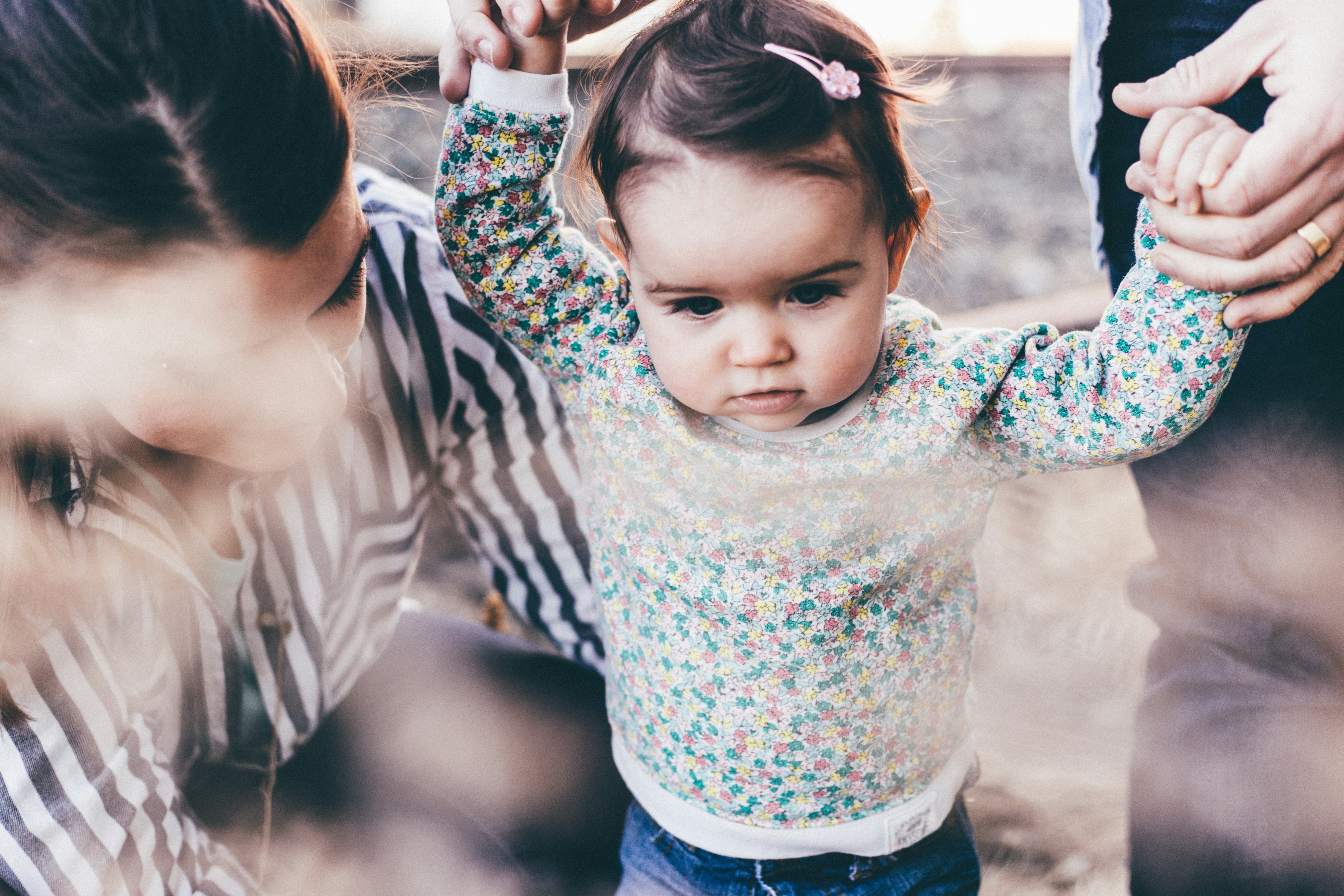Media release
From:
Toddlers may be more socially tuned than previously thought
A brain region associated with social interaction processing in human adults may process social scenes as early as the age of three.
Developing social skills is an important attribute for humans. People typically show signs of advanced social perceptual and reasoning abilities early in childhood, but the neural underpinnings of this are unknown. A study led by Leyla Isik at Johns Hopkins University investigated how and where the brain processes social interactions in childhood by using previously collected fMRI data from over 100 children that were obtained while they watched a movie with social scenes. Linking the fMRI data showing brain activity to visual and social features of the movie, the researchers discovered that children as young as three years old were responding to most of these features in scenes. Interestingly, the responses included activity in a brain region called the superior temporal sulcus (STS), which is strongly associated with social interaction processing in adults. STS responses even appeared adult-like by the age of seven. This work is the first to show evidence of emerging neural responses in young children using more naturalistic stimuli, such as a narrative movie.



 International
International



